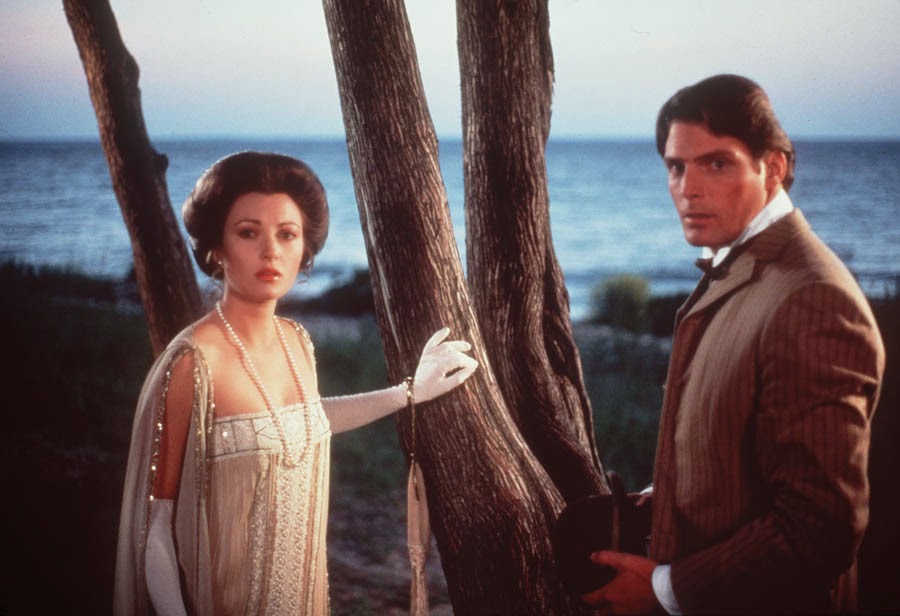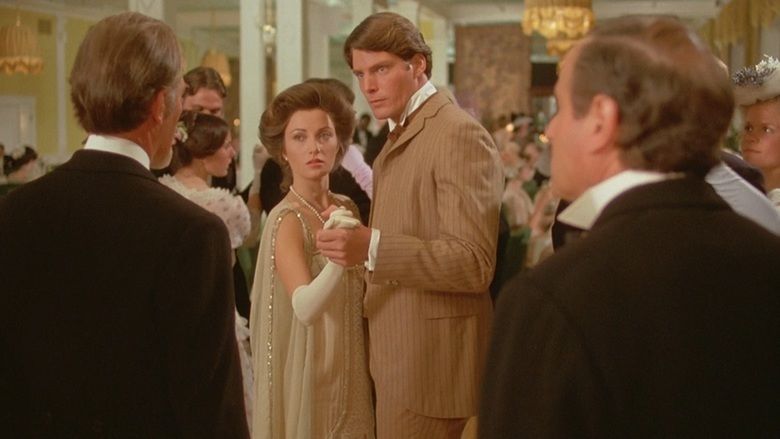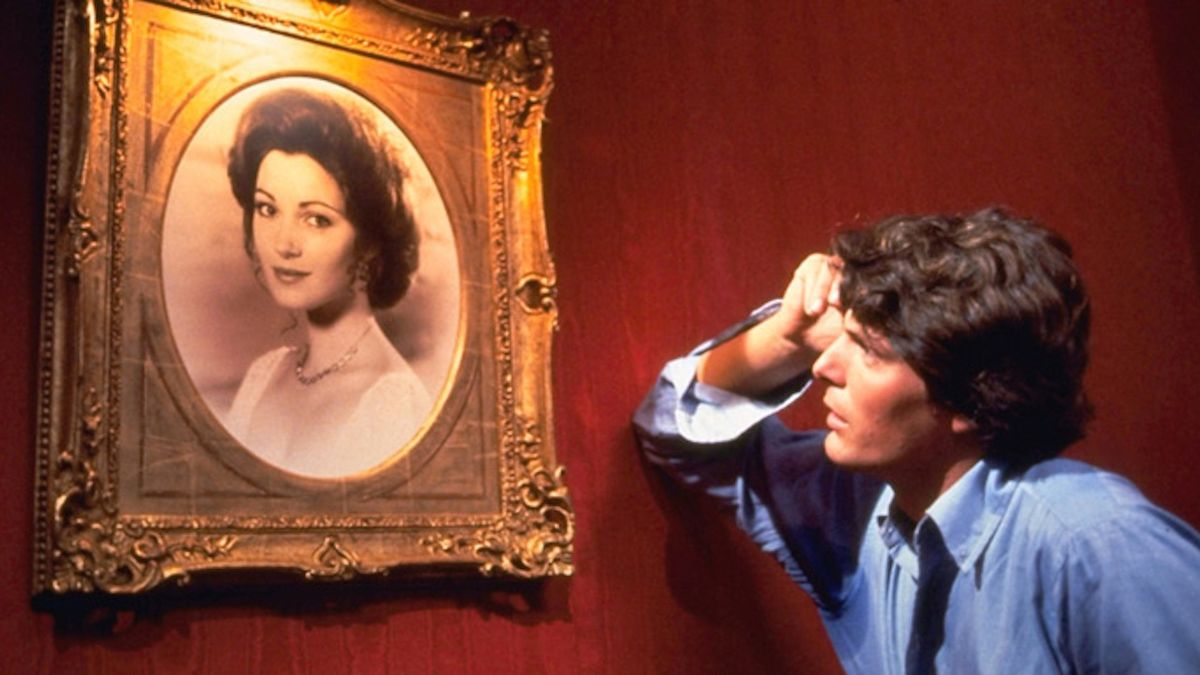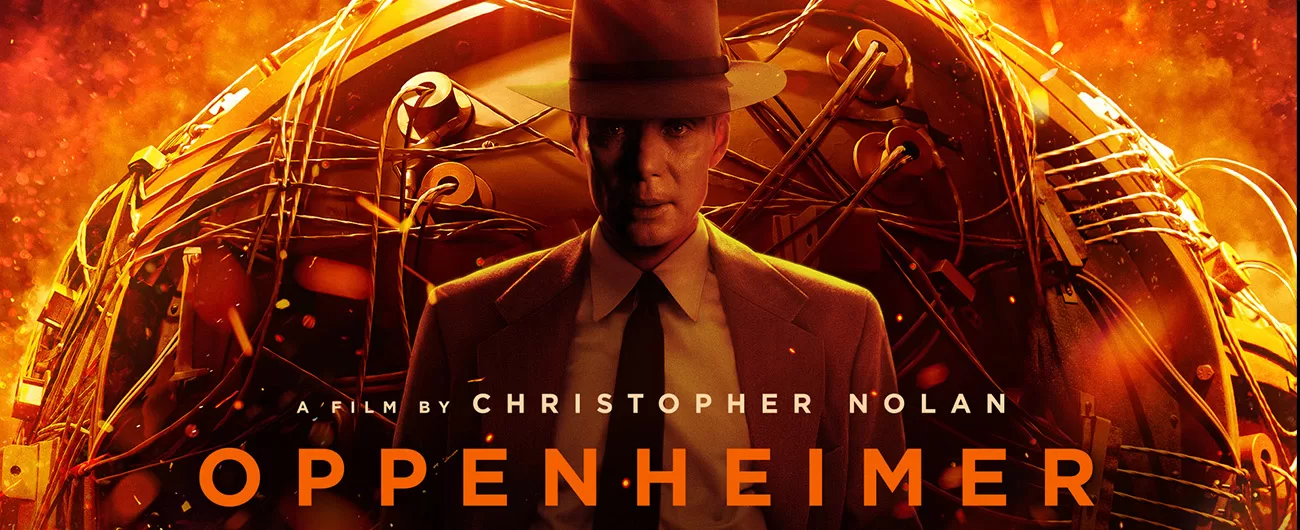
RETRO MOVIE REVIEW: Somewhere In Time
There are classic movies that may have been good for their time, and yet don’t have the staying power to remain relevant with the times. Then, however, there are movies that manage to maintain a timeless quality no matter how much time passes, and some of these movies even become more relevant with the passing of times. One such movie is Somewhere In Time, which focuses on a playwright from 1980 (played by Christopher Reeve) who finds love in the past with an actress from 1910 (played by Jane Seymour). Although I tend to not be a fan of the time-travel romance genre, this particular film succeeds where many other stories in the genre don’t hit the correct notes.
The timelessness of this film has only improved in the forty years since this film was made, if anything. In a modern world of online dating and long-distance relationships, Somewhere In Time has worked by making itself an unintentional allegory of those things. The idea of the Richard Collier character falling in love with a picture from the past works in a modern context. In a way, he’s falling in love with the nostalgic past, which gives him something that he can’t have in the present day because the world has moved beyond what Collier truly yearns for. Likewise, the idea of a couple separated by distance isn’t such an unusual thing today, though Somewhere In Time uses time rather than space as a barrier. Much of this is due to the clever writing of Richard Matheson, who wrote the screenplay as well as the novel “Bid Time Return” it was based on. Matheson has always been an excellent genre writer, having built his career on memorable episodes of The Twilight Zone as well as classic stories like I Am Legend. Somewhere In Time may be Matheson’s most emotionally powerful story, as he makes the love between the two characters believable. When the knife is twisted at the end that separates the couple, it becomes a heart-wrenching moment of tragedy.

Structurally, Somewhere In Time works in the way that a classic romance does, but it uses the genre elements as fuel for the story. Boy meets girl in a roundabout way, using the structure of a time loop to bring Richard Collier to the younger Elise McKenna so that their affair can take place. This same formula manages to work for stories like that of River Song in Doctor Who, who likewise meet at the end of her life, but before the Doctor truly gets to know her. It becomes the tantalizing promise of a love that will happen, but it must end tragically because that is what is destined to take place. Though Somewhere In Time offers an antagonist who stands between the two lovers (the manager played by Christopher Plummer), he is not the true obstacle in the way of their love. The ultimate antagonist of the story is time itself, as Richard and Elise are fated to part tragically just as they were fated to meet and fall in love. What happens in this movie happens because it must, despite the best efforts of Richard and Elise to change the past.
Another interesting aspect of this story is how it draws on the idea of cognitive psychology. Self-talk is a valid concept in cognitive psychology, though Matheson twists this by making it an intriguing take on time travel. It seems a bit silly in terms of time travel mechanics, but it works on other levels. It’s also subtly laid out as a theme of the film; Collier’s room, for instance, features a slogan that reads: “That Which You Think Becomes Your World”. This is actually quite perfect foreshadowing for what happens later. Richard meets Elise because he’s convinced himself he’s in the past, and he destroys himself for the same reasons. This leads to two competing ideas: a past that is fated to happen, and a character who is driven entirely by self-belief and self-perception. However, it also leads to his downfall, as he succumbs to a deep depression after his heartbreak that he can never truly recover from.

The casting is superb, of course, especially the two main romantic leads of the story. Most people will likely always think of Christopher Reeve as Superman, as I certainly do, though he was a great theater actor long before that. He draws on his Broadway experience more for this film, using his natural charm and charisma to be a sympathetic leading man. This ends up being an important part of the performance, because Collier is a deeply and dangerously obsessive character as he’s written. Reeve’s charisma makes him likeable even with this major character flaw, and it’s hard not to like him as he’s portrayed here. Jane Seymour has always been a fine actress in anything she’s been in, and she’s a radiant leading lady in this film. There is a powerful chemistry between her and Reeve, and Seymour plays her gradual transformation convincingly as she eventually gives in to his charms. The late, great Christopher Plummer is not a huge part of the film in terms of its run time, but he gives a memorable performance as the film’s antagonist, one that’s stuck for many years after this. It’s also nice to see Teresa Wright in a small role; she was best known for Alfred Hitchcock’s Shadow of a Doubt, but she’s a solid actress who makes the best of her lines in this part. Susan French plays the early scene of Elise McKenna as an older woman, and she comes across convincingly as the woman that Jane Seymour would become. The remaining cast works as an ensemble to support the lead actors, and in this respect, they do what they need to do without drawing attention from them. The characters set in 1912 look and act believably for the period, helped by some exceptional costume design and the beautiful setting of the Michigan Grand Hotel.
This is not to say however, that Somewhere In Time is a flawless film, because it does have some issues. The ending may be a divisive point for many people—some people, especially the more romantic types, may love it, while others may have issues with the execution. I lean more towards the second, as I always had a problem with Richard dying of grief and heartbreak towards the end. The ending of the original book by Matheson made more sense, as it establishes that Collier dies of an incurable brain tumor brought on by the stresses of time travel. The film’s ending also doesn’t cast Richard in a positive light as a character, as he succumbs to an obsession rather than making the most of what is left of his life. While the idea of Richard and Elise meeting again in the afterlife is a powerful romantic notion, it isn’t an ending that is as satisfying as it could be. This ending also effectively makes Collier win the girl back by giving up, rather than struggling to find her again. The story probably would have been better served with Matheson’s original ending. As it is, though, the film is still largely excellent despite this problem, and some people may get full enjoyment from the film’s ending.

In the end, Somewhere in Time is a powerful romantic film that makes great use of its cast, its musical score, and its setting. The Grand Hotel in Michigan is a location that shines on film and has become a character in itself over time. The music also perfectly hits the romantic notes, especially with its use of Rachmaninoff as its thematic spine. In the end, the film is so emotionally powerful that it’s an enjoyable time-travel romance film even for people who don’t care for the genre. Time has been kind to this movie, even if it isn’t to its main protagonists, and that is a true achievement in storytelling. If you’re looking for a good romantic film to watch, Somewhere in Time is definitely one of the true classics.
Score: 4.5/5
Cast: Christopher Reeve, Jane Seymour, Chistopher Plummer, Teresa Wright, Susan French, Bill Erwin, George Voskevec
Writer: Richard Matheson
Director: Jeannot Szwarc
Author Profile
- Steve Sellers had been a fan of superheroes ever since Superman: The Movie. But it took the JSA, the Legion of Super-Heroes, Dragonlance, Lord of the Rings, Twilight Zone, and Chris Claremont's legendary run on the X-Men to make him a writer and a longtime fan of comics, fantasy, and science fiction. Steve is the co-creator of WHITE DRUID & MICHAEL NERO and GUARDIANS OF ELAYIM for Omen Comics, and he is also the creator of BLITZ and SHOCKWAVE for Revelation Comics (an imprint of Omen Comics).










